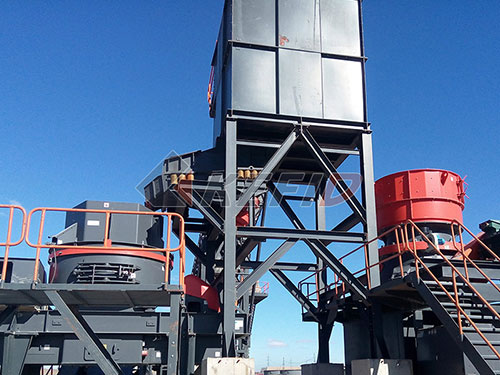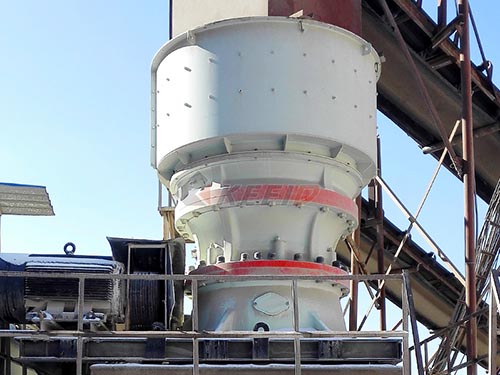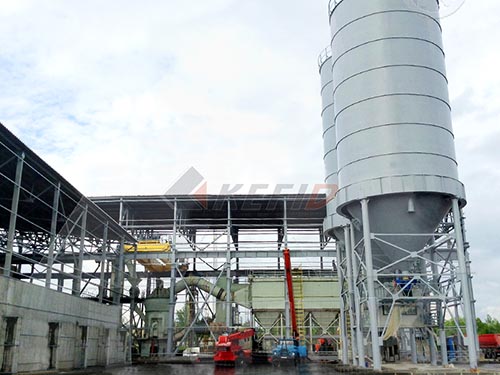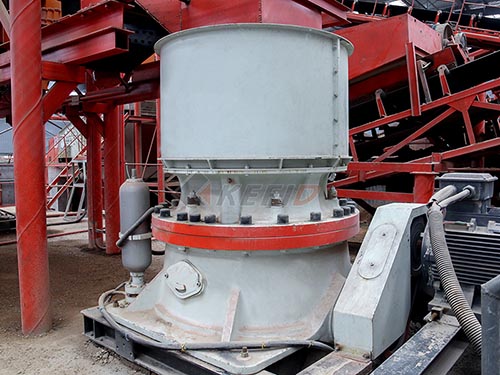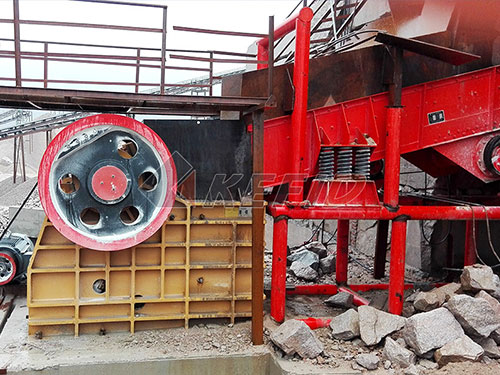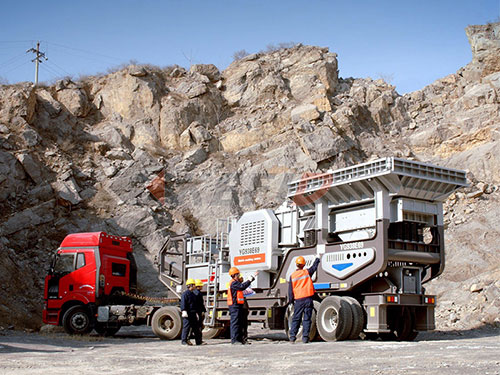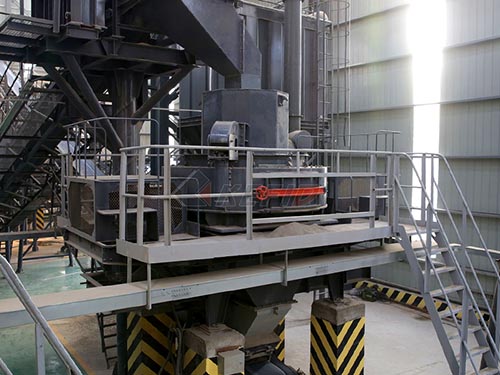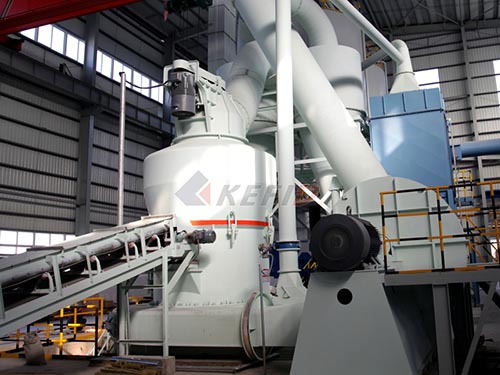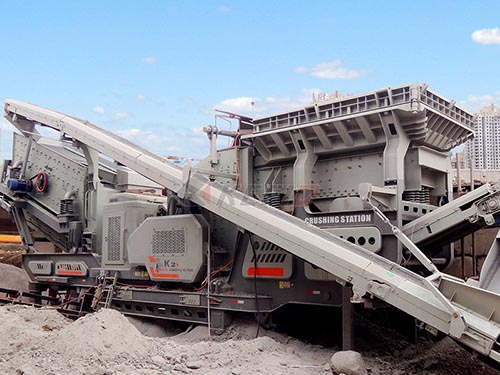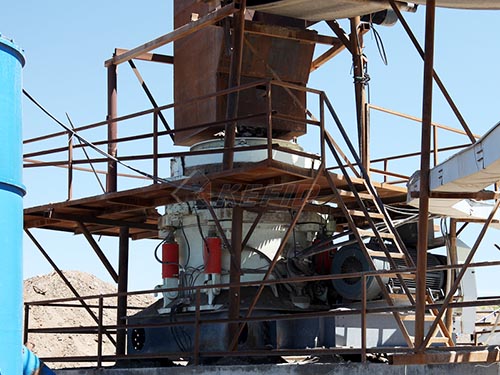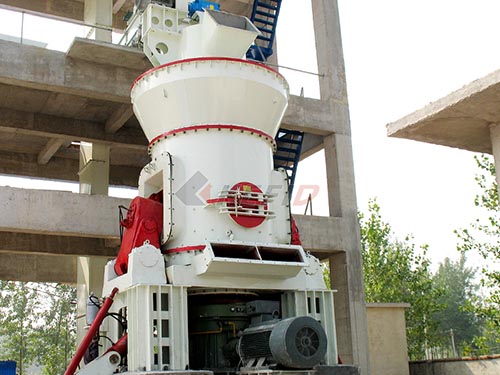Hire A Crusher In Europe: Your Practical Guide to Efficient Material Processing
Need to crush concrete, rock, asphalt, or demolition debris for a project in Europe? Renting a crusher is often the smartest, most cost-effective solution compared to purchasing. Whether you’re tackling a small site clearance or a large construction project, understanding the rental landscape is key. This guide cuts through the complexity, giving you the essential knowledge to hire the right crusher efficiently in Europe.
Why Rent a Crusher?
Cost Savings: Avoids the significant capital investment of buying machinery. You pay only for the duration you need it.
Access to Latest Tech: Rental fleets frequently update, giving you access to modern, fuel-efficient machines with advanced features.
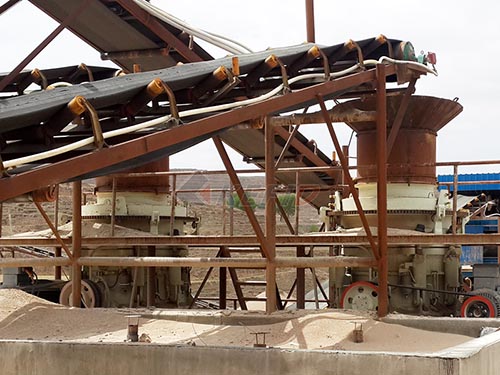
Flexibility: Scale your equipment up or down based on project phases or changing material volumes. Choose exactly the right machine for each specific task.
No Maintenance Hassles: Routine servicing, repairs, and unexpected breakdowns are typically handled by the rental company.
Reduced Storage/Transport: Eliminates long-term storage costs and logistics headaches when the machine isn’t in use.
Types of Crushers Commonly Available for Hire:
1. Jaw Crushers: Ideal for primary crushing of hard materials like granite and basalt. Excellent for reducing large rocks into manageable sizes.
2. Impact Crushers (Horizontal Shaft Impactors – HSI / Vertical Shaft Impactors – VSI): Best for softer materials like limestone and recycled concrete/asphalt. HSIs offer high reduction ratios; VSIs excel at producing precisely shaped cubical aggregates.
3. Cone Crushers: Used primarily for secondary and tertiary crushing stages of hard, abrasive materials. Provide consistent product size and shape.
4. Mobile Crushers (Tracked/Wheeled): The dominant choice for most rental projects due to their incredible flexibility:
Move easily between sites or within a large site.
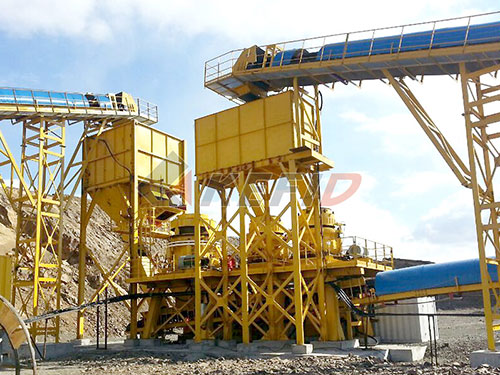
Set up quickly – often operational within minutes.
Process material directly on-site, drastically reducing trucking costs and environmental impact.
5. Portable Crushing Plants: Larger setups combining crushers with screens and conveyors on wheeled trailers or semi-trailers, suitable for fixed-location projects requiring high-volume processing over longer periods.
Where & How to Hire:
1. Major International Rental Companies:
Examples: Loxam (Powerscreen), Kiloutou

